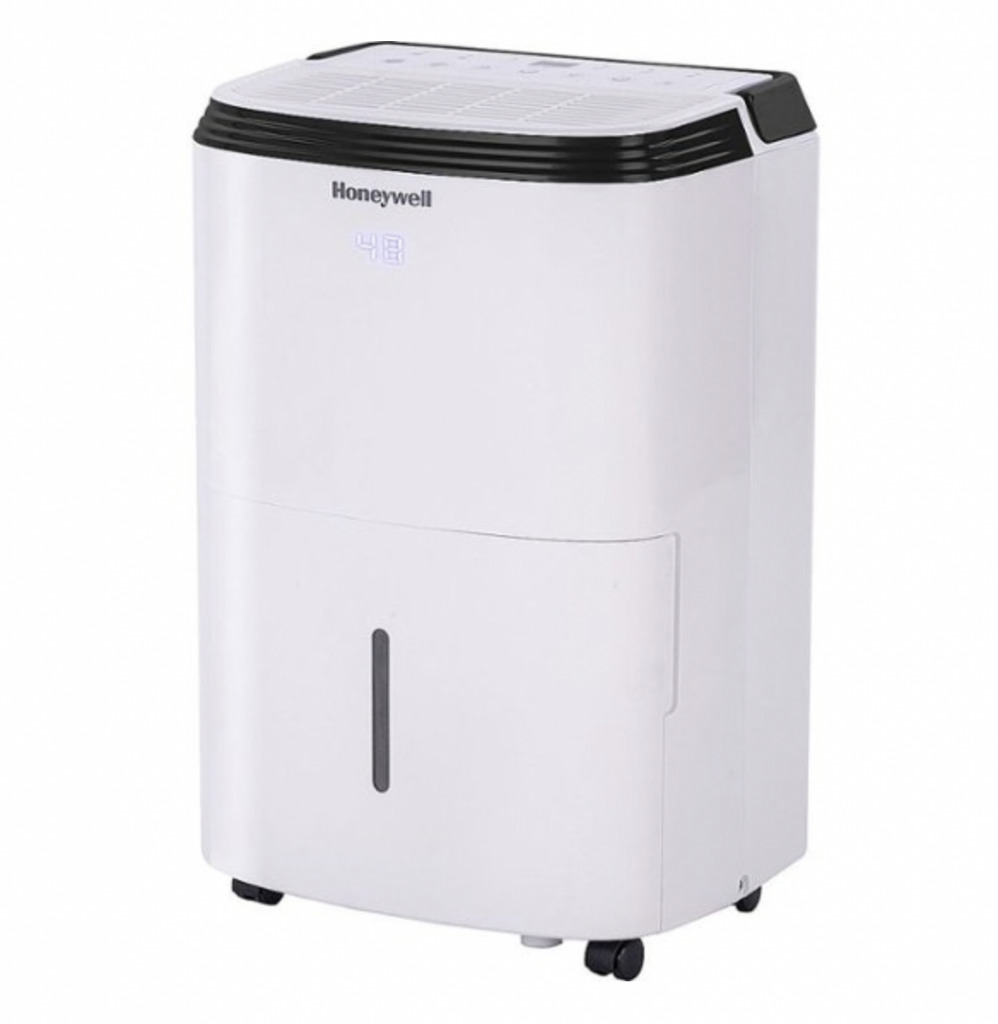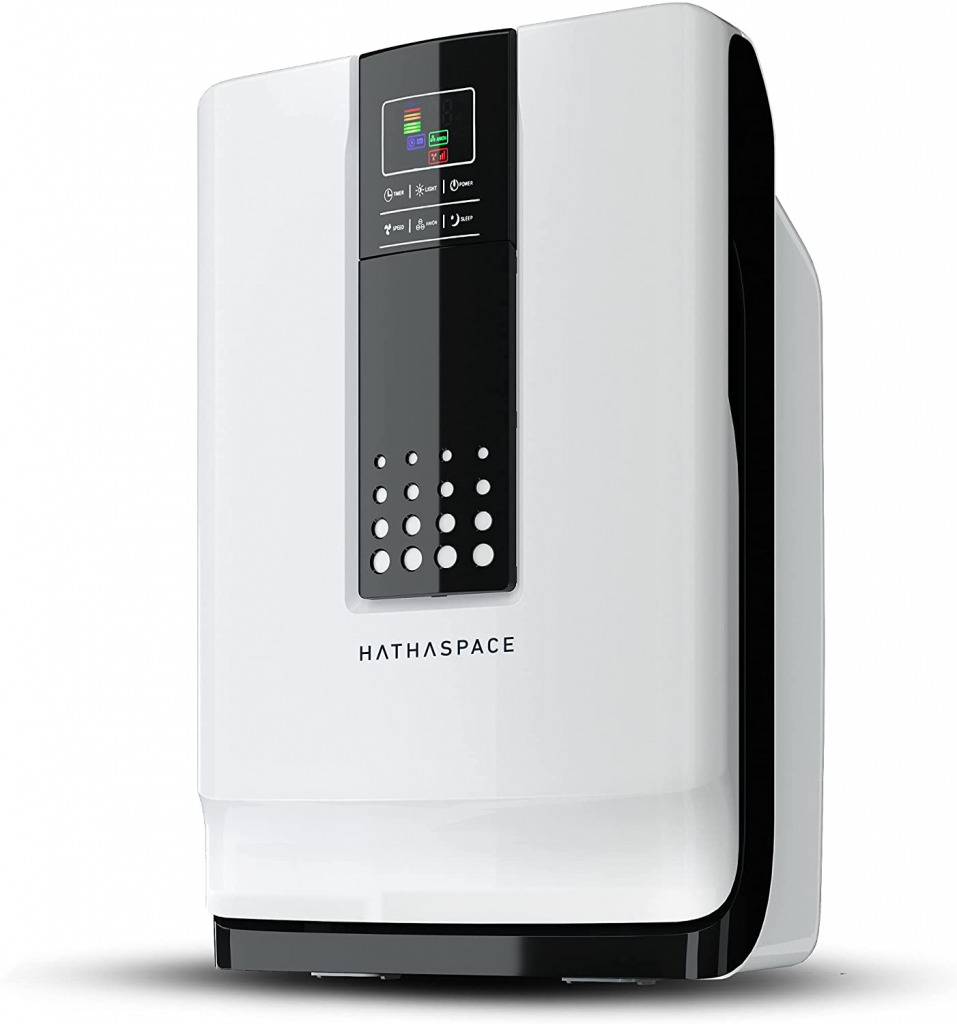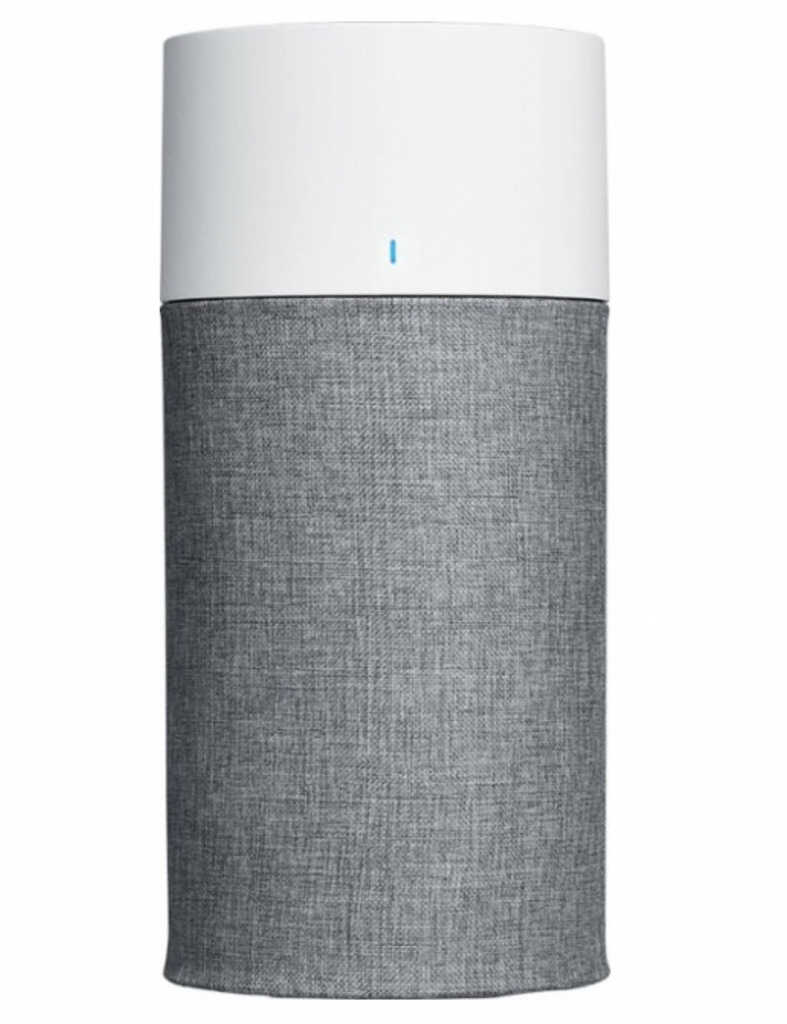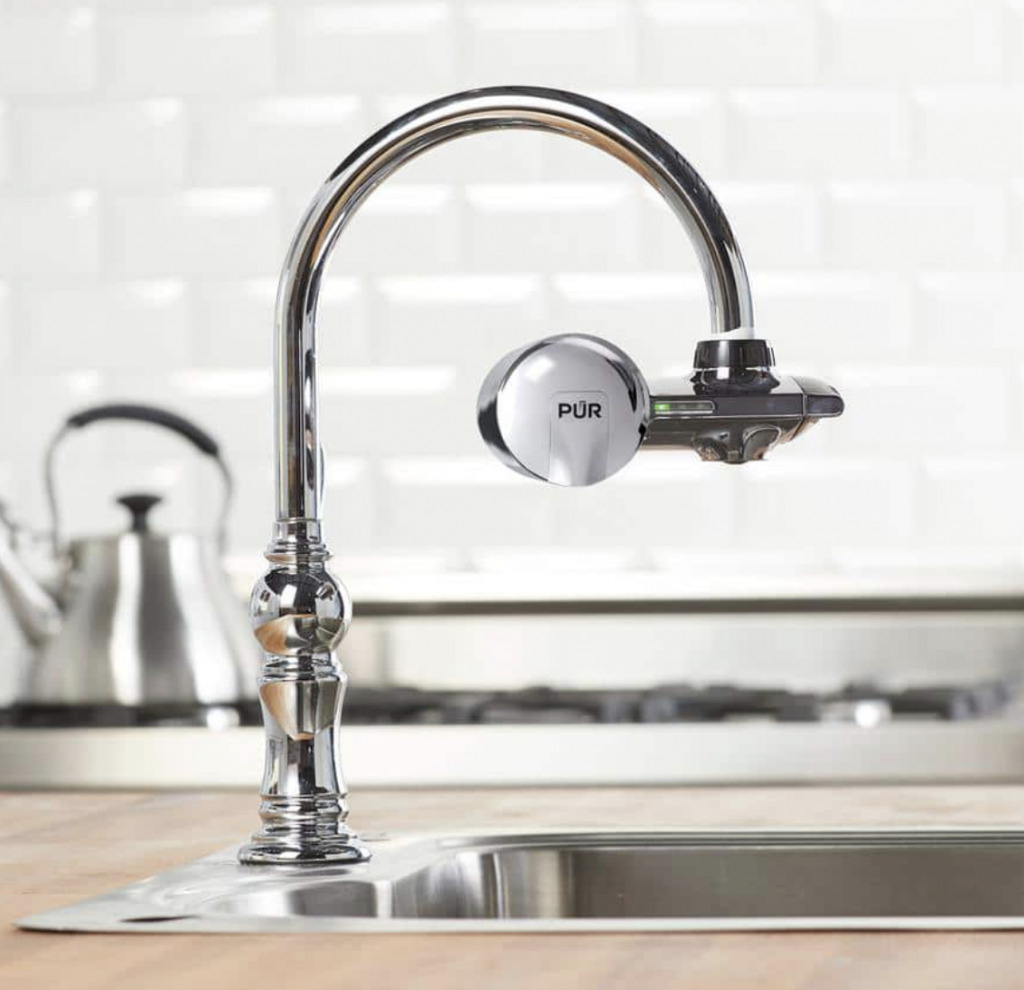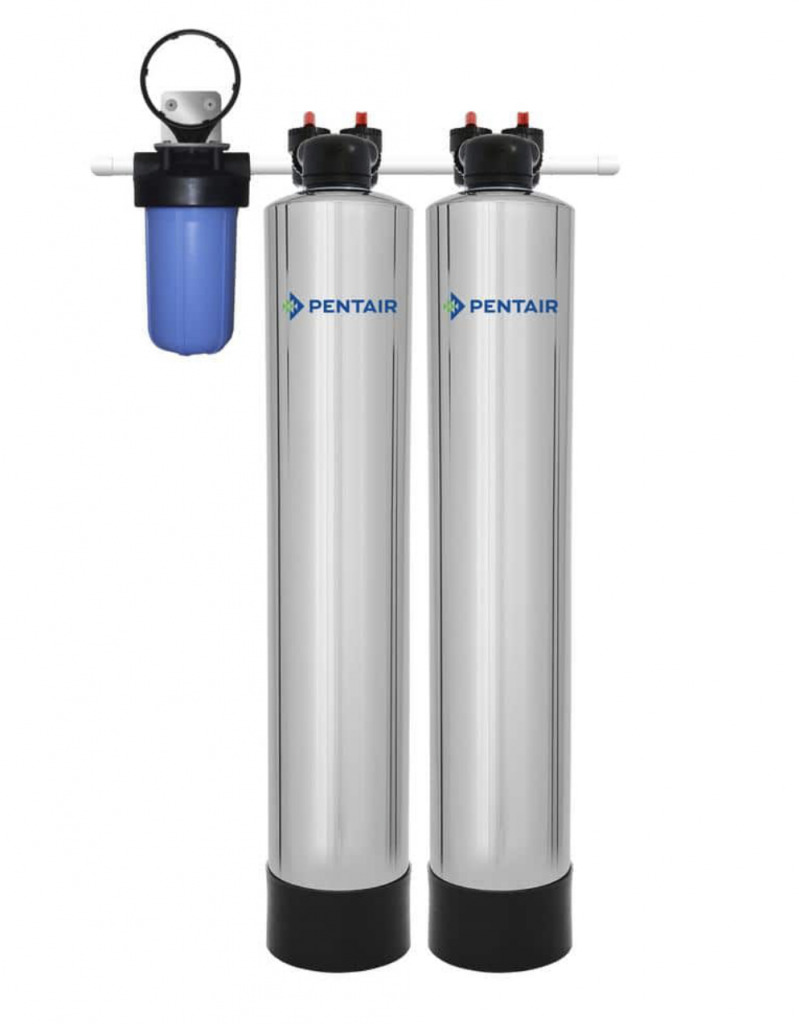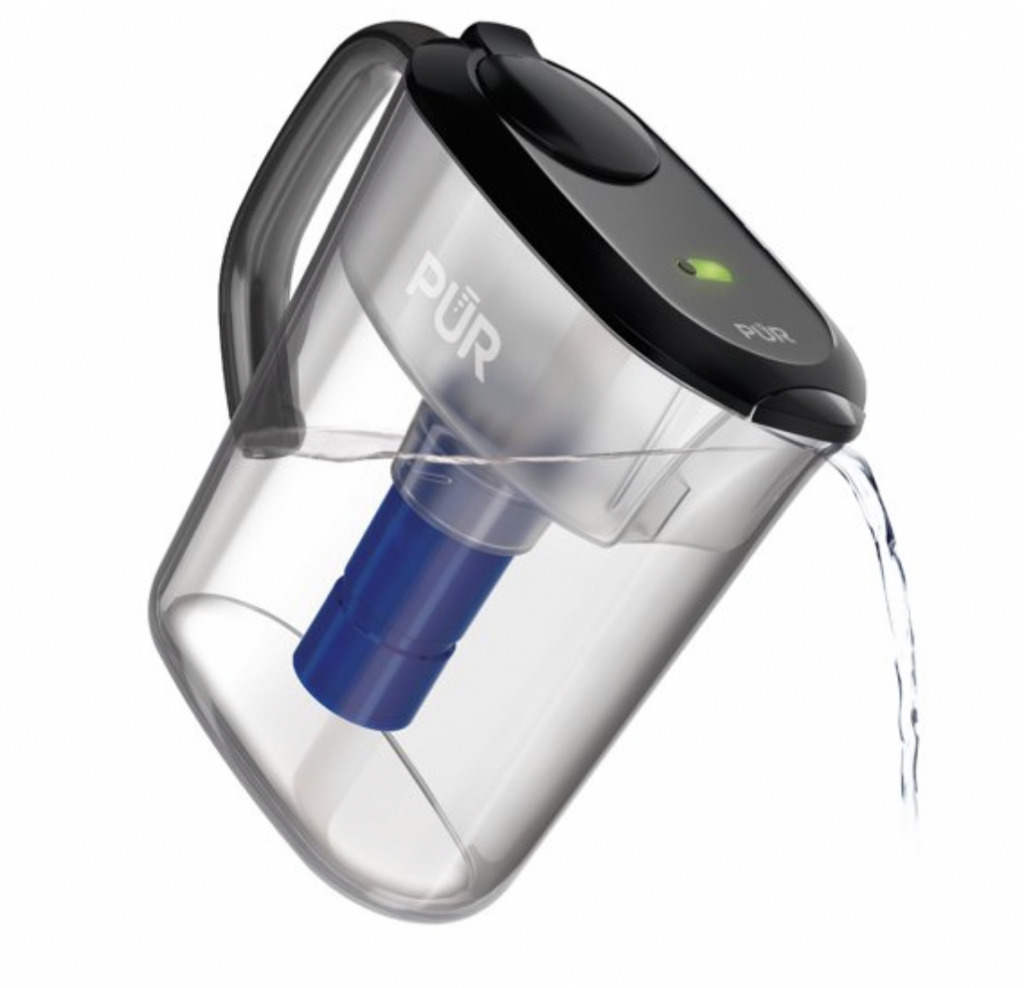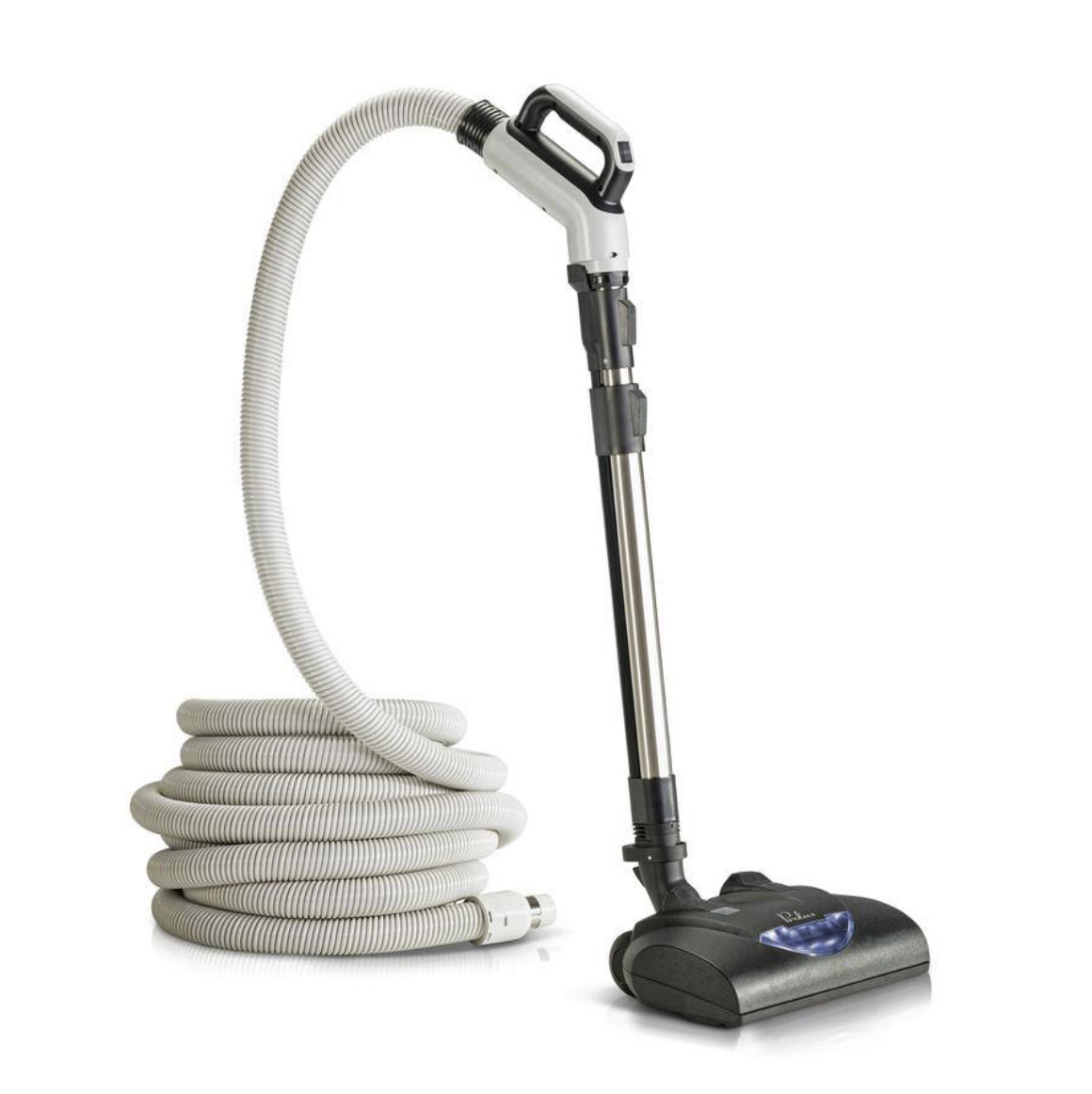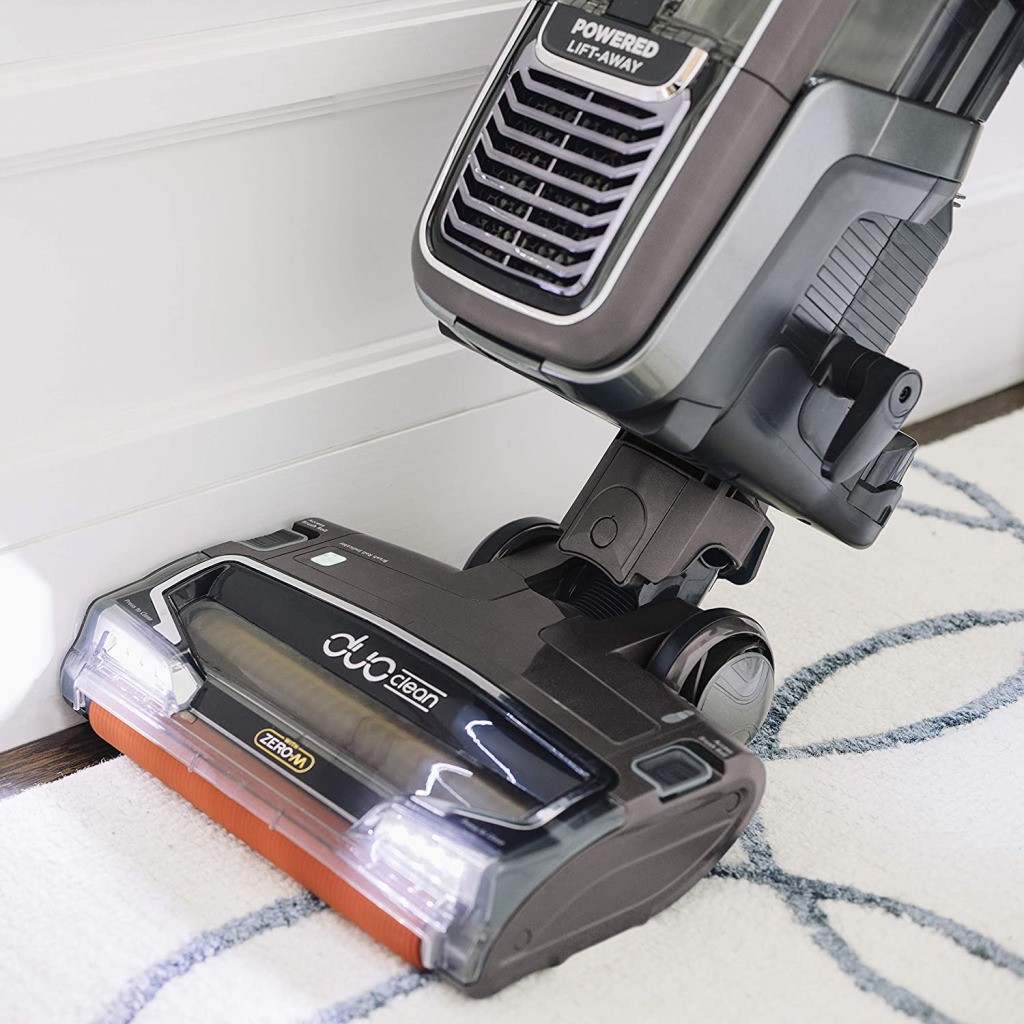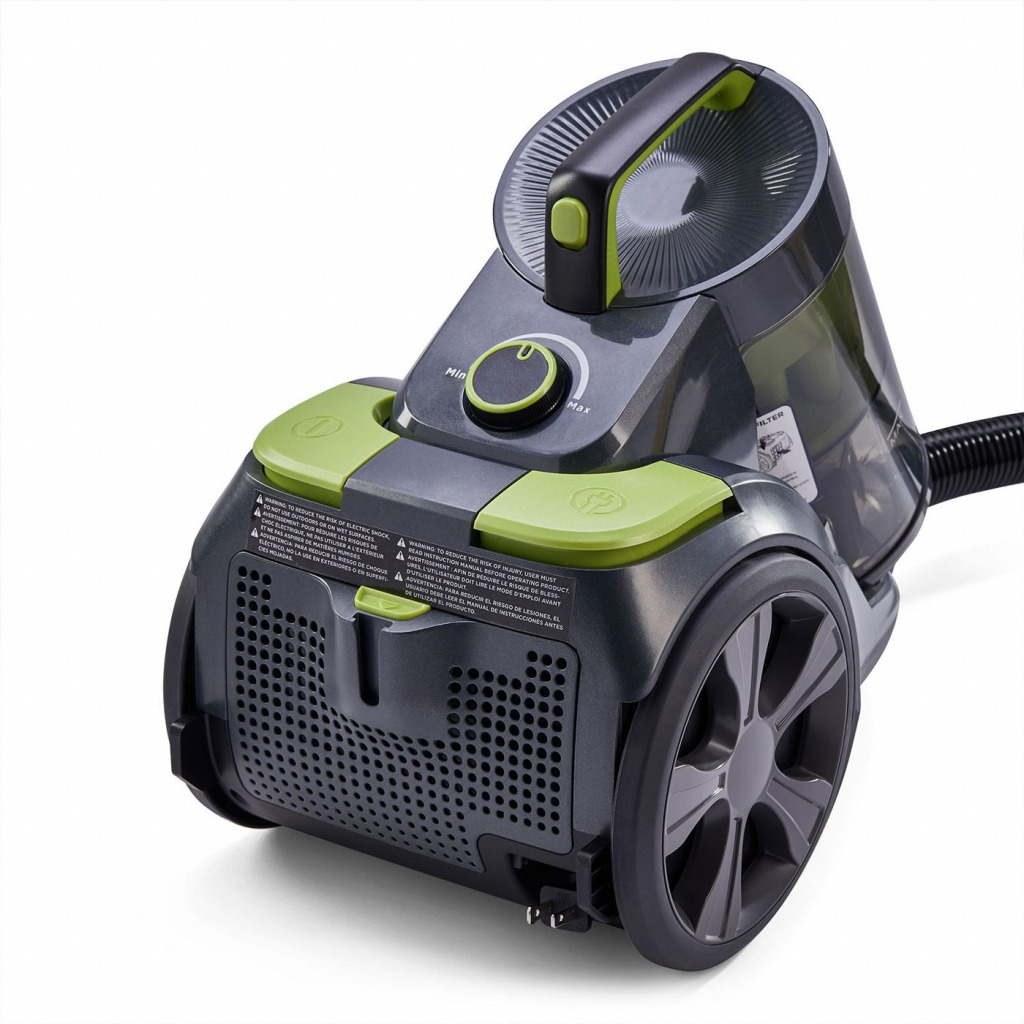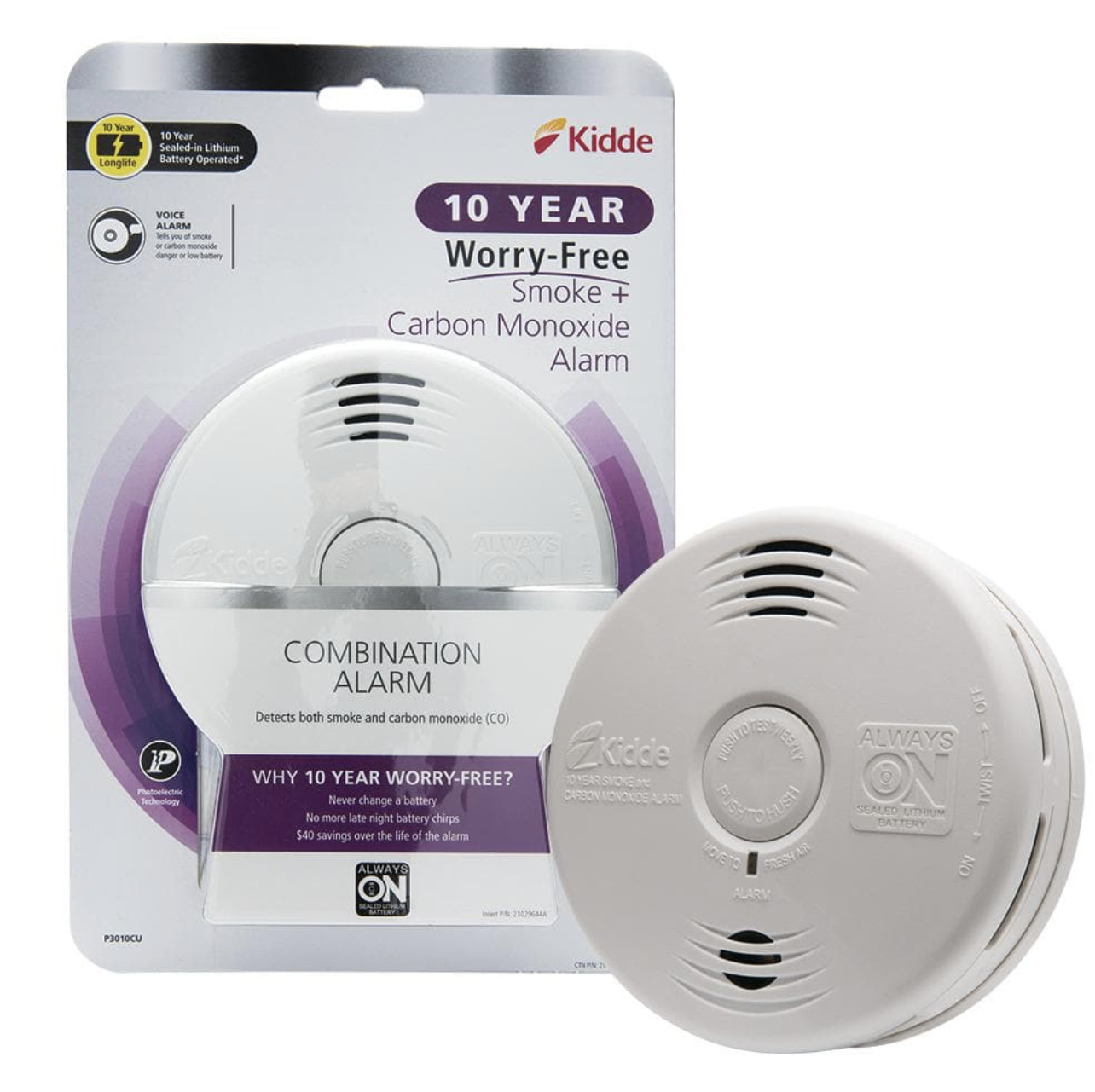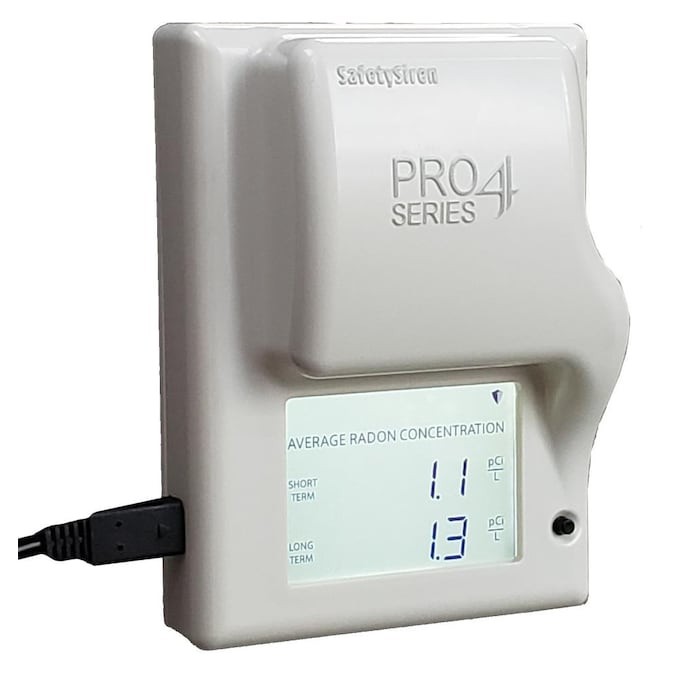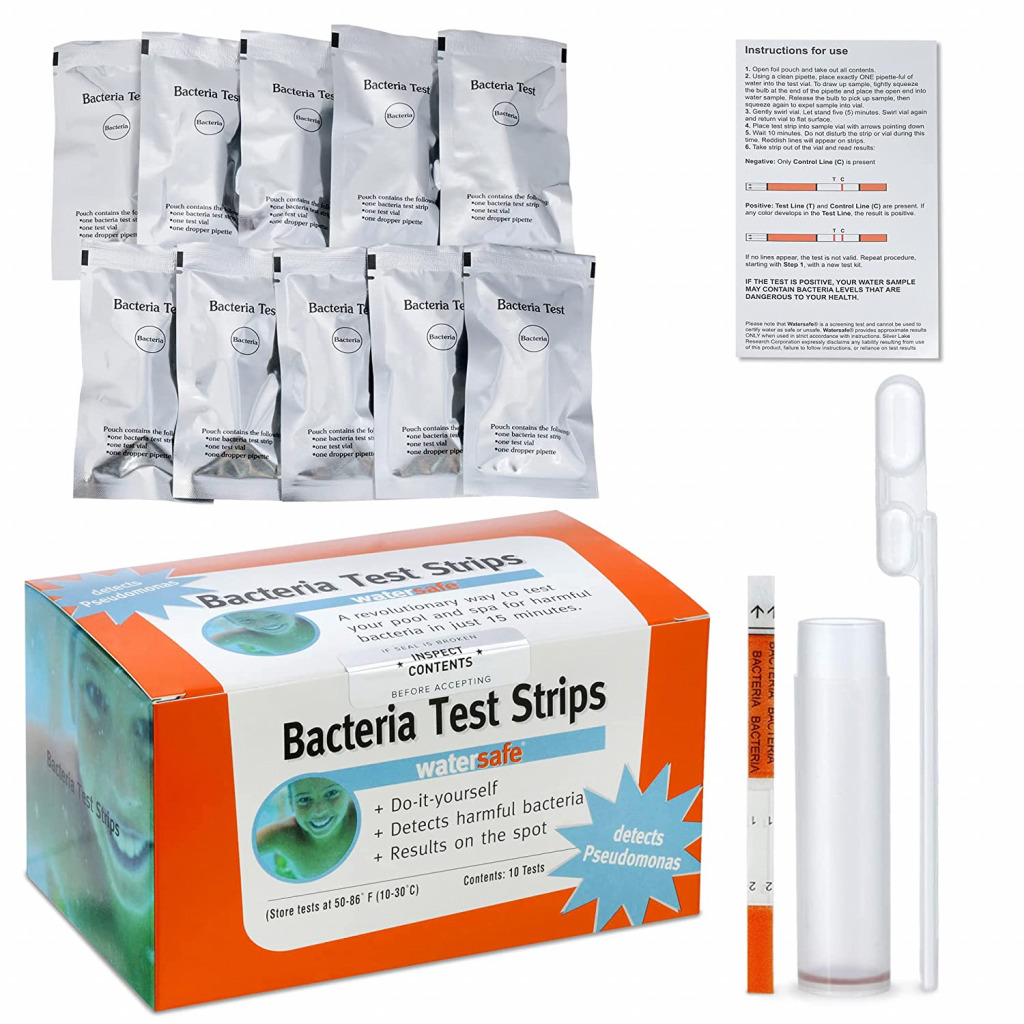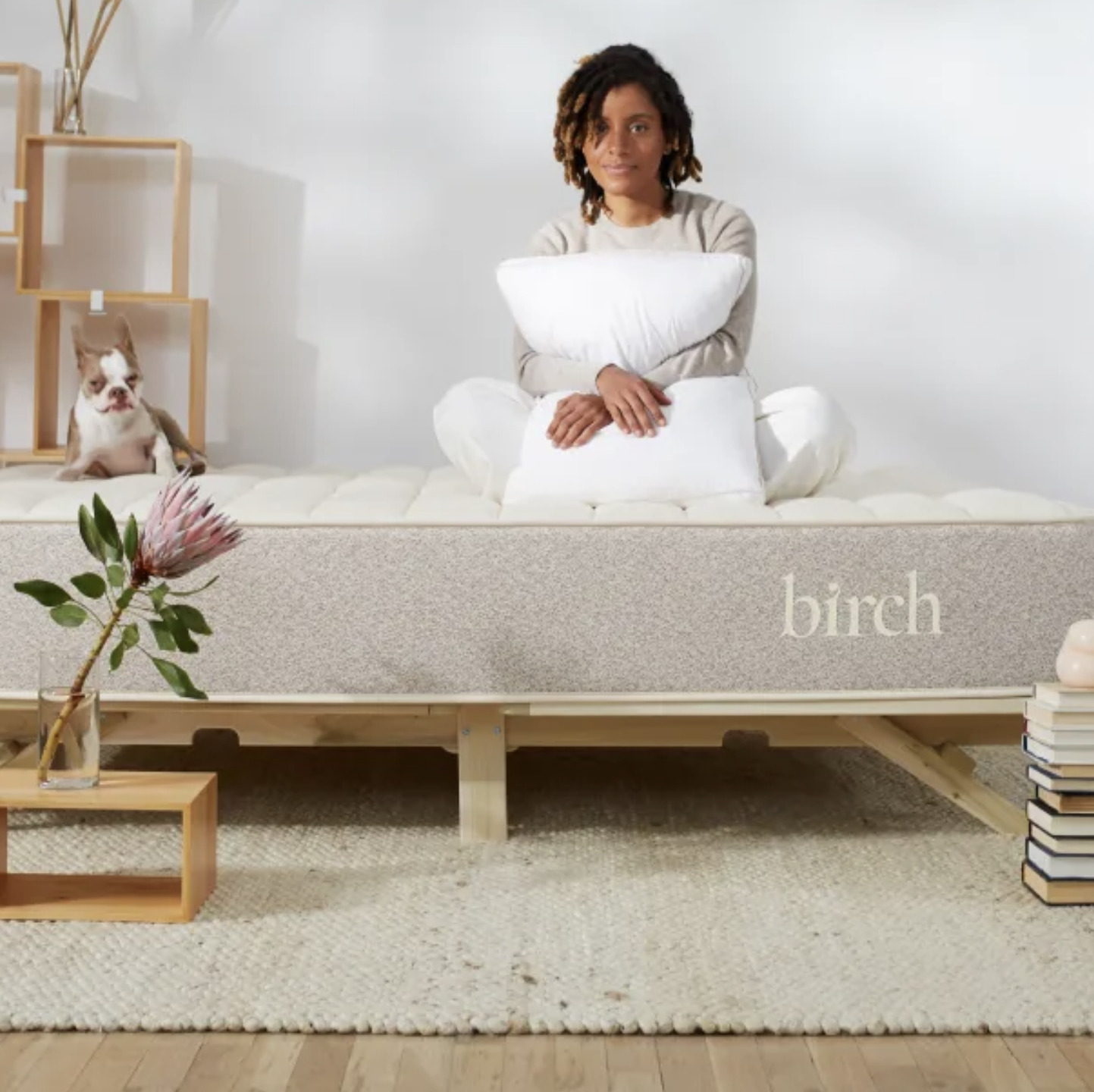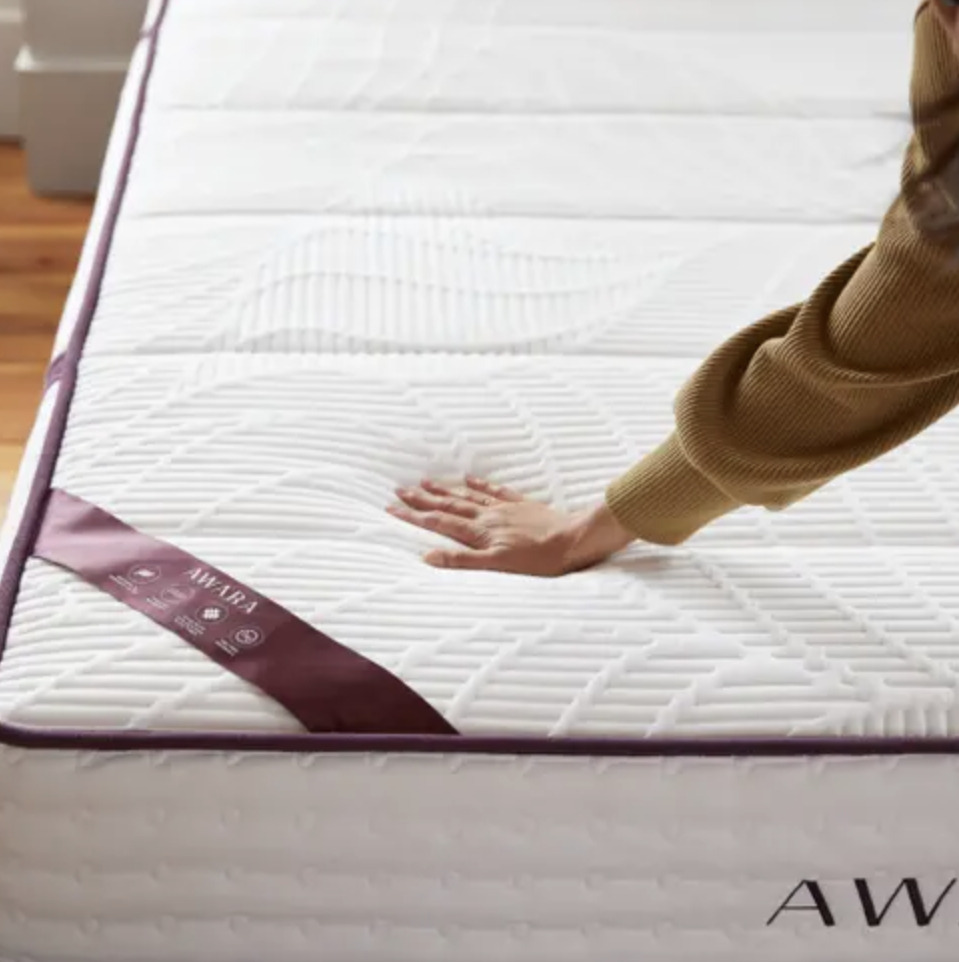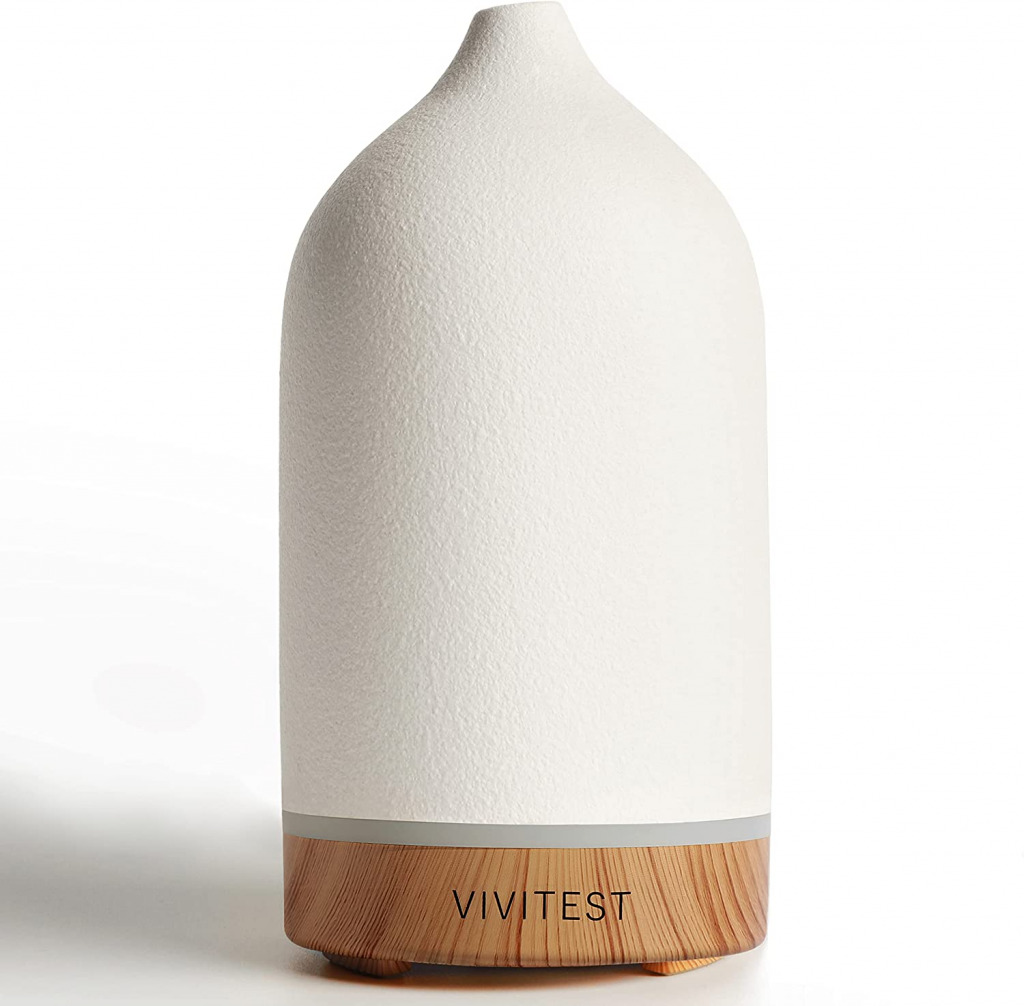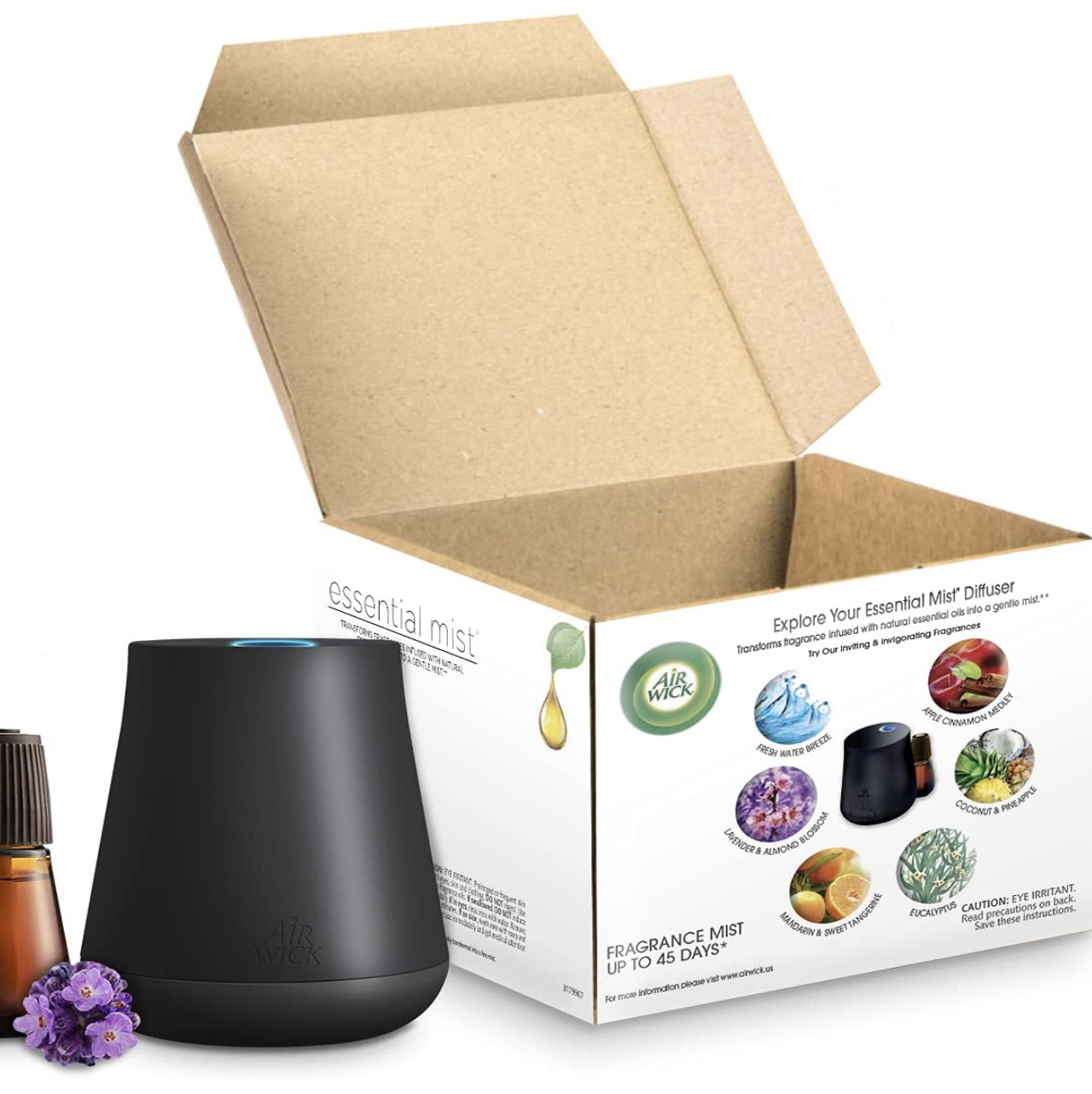Upgrading your home is no simple task. With all the planning that goes into it, along with that nagging feeling at the back of your mind that even a small mistake could be expensive and time-consuming, it’s clear why it can be downright daunting, no matter how much experience you have.
Making sure that all the upgrades you make have health benefits takes all this to the next level. Where do you even start?
At the end of the day, being a health-conscious person is all about leading a healthy life while also keeping your home safe and healthy. Most modern homes are full of harmful chemicals, mold, bacteria, allergens, and viruses. Making your home healthier is all about getting rid of these pathogens by improving your air, water, and environmental quality.
Luckily, there are a few simple upgrades you can make to your home to make it healthier. If you are looking to improve your home and get some health benefits at the same time, this guide is going to show you exactly what to focus on.
Here are 11 simple upgrades for a healthier home.
1. Use alternative cleaning solutions
The artificial cleaning solutions you buy from your local shop can not only be toxic but are often unnecessary as well. Simple, homemade cleaning solutions will usually be able to do the same job for cheap. Plus, they contain absolutely no harmful chemicals.
Some of the best ingredients for homemade cleaning solutions are lemon juice, baking soda, vinegar, vodka, and alcohol. Lemon juice is a sugary acid that, when combined with hot water, makes a great odor eliminator. Vinegar and vodka both work in the same way, although vinegar has a more pungent smell.
Here are some simple recipes using these solutions that you can try:
-
Baking soda bathroom cleaner: Mix ¼ cup of baking soda and a tablespoon of liquid detergent. If you want a thicker consistency, add some vinegar to it. Store it in a bottle and use a dollop of it on a sponge every time you need to clean your bathroom fittings.
-
Alcohol disinfectant: Mix 2 parts rubbing alcohol with 1 part water. Put it in a spray bottle. Anytime you want to disinfect the germy areas of your home, you can either spray it directly and wipe away or put it on a cotton pad and use that to clean those areas.
-
Vinegar cleaner: Mix 1 part vinegar with 1 part water. Put it in a spray bottle. This solution works great for cleaning and disinfecting sinks, counters, and anywhere else you’d like to clean and still keep it food-safe. Note that this solution has a strong vinegar smell. If you don’t like it, rinse the area afterward with some soapy water.
-
Lemon pot and pan cleaner: All you need for this is some freshly squeezed lemon juice. It’s great for removing heat stains and grease streaks from stainless steel. To use it, soak a cleaning cloth in the lemon juice, then, scrub your pots and pans until all the marks disappear.
-
Vodka multipurpose cleaner: Mix 1 cup water, 1 cup vinegar, and 1 cup vodka. This solution can be used to clean and disinfect all kitchen surfaces and furniture surfaces around the house. If you want to make it smell even more glorious, add 10 to 15 drops of lemon essential oil.
2. Do some landscaping around your home
Upgrading your home means taking care of both the inside and outside. Adding some landscaping elements like plants, trees, and bushes can purify the air around your home. Eventually, all the air that will be flowing into your house from outside will be clean and fresh.
Want to take this to the next level? Consider setting up a home garden and growing your own food. This way, you’ll get to eat healthier while also cutting down on your grocery bill!
3. Keep your air clean
Install an air purifier for the whole house to improve the quality of air inside your home. This is a rather costly solution that must be done by a professional, but it will completely change your life.
You can also buy a few small air purifiers for specific rooms. These are simple, plug-in air filters that can be bought at your local store. If you have a basement, you should also consider buying a dehumidifier to stop the growth of mildew and improve the quality of air in that space.
Of course, before deciding on the best air purification option for you, weigh all your options carefully. If you or your family members suffer from pollen or dust allergies, upgrading the air filtration system for the whole house might be a good idea.
4. Drink cleaner water
The water you drink probably comes from an excellent water treatment facility. However, if you have hard water, there may still be some minerals and heavy metals in it. You can solve this problem by getting a water purifier.
Alternatively, you can install water filters to help clean your drinking water. There are several ways to do this:
-
Get a refrigerator that has a filtered water dispenser
-
Install water filters on your taps
-
Get a pitcher-based water filter
-
Install filtered shower faucets to filter your bathroom water
5. Upgrade Your Vacuum
Upgrade your old vacuum cleaner to a newer model with a HEPA filter. Modern filters are great for eliminating dust from surfaces around the home, leading to a much healthier environment.
You can also invest in a whole-house vacuum that comes with ducts in the walls for transporting air impurities and toxins from all over the home. With a whole-house vacuum, you’ll never need to change the filters or change out the collection bins, and your house will always be fresh and free of dust and toxins.
6. Clean your chimney
When was the last time you cleaned your chimney? Over time, residue builds up inside the chimney. This residue can be toxic, and if enough of it builds up, it can burn, creating a fire hazard.
A simple solution for this is to get a chimney sweep to come and clean it out. This is still a good idea, even if you do not use the chimney often. Apart from chimney residue, dust and debris can also build up, leading to mold and mildew growth that may be harmful to your health.
7. Use better paint
Many paint brands have harmful chemicals in them. These chemicals can be toxic, especially to young children. Luckily, there are many non-toxic paint brands that you can use instead.
That said, if your house was built in the 70s or earlier, consider having the existing paint stripped away before repainting. This is because lead-based paint was banned for residential use in 1978. Be sure to check whether it is present, then replace it with VOC-free paint.
8. Clean your towels frequently
For a lot of people, it makes no sense to wash towels because you’re obviously already clean when you use them. I mean, this makes sense, right? Wrong!
Damp or wet towels are the perfect breeding grounds for bacteria and ideally should be one of your daily cleaning tasks. The wetness combined with all the dead skin that’s left on the surface every time you towel off creates the perfect environment for them to thrive.
This applies to all types of towels around the home: from bath towels to hand towels and even kitchen towels. Instead of using them multiple times before every wash, consider cleaning them more frequently to prevent bacteria build-up.
9. Upgrade your detectors
Your smoke alarm needs to be equipped with a carbon monoxide sensor. Older models did not have this, so be sure to check yours and upgrade it if it doesn’t.
You should also consider installing radon and bacteria testers. If you have a well or some other water source, you need to test it. Performing frequent air and water tests is key if you want to avoid common home illnesses.
10. Use a better mattress
How long have you had your mattress? Over time, mattresses accumulate dead skin, dust, dander, and other airborne particles. These particles seep into the mattress, and you breathe them in every night.
Consider getting a better mattress if you have been using the same one for a few years Alternatively, you can have your mattress professionally cleaned. Then get a mattress cover and vacuum the mattress itself frequently.
11. Stop using chemical air fresheners
In most cases, air fresheners are not necessary. All they do is pump your air full of chemicals.
The good news is that there are simple, homemade, healthier alternatives you can use instead. For example, you can make your own potpourri or use essential oils instead of chemical fresheners.
Other upgrades you can make for your home
-
Replace old asbestos-based insulation if you have it
-
Use lime plaster instead of cement-based plaster for better water-repelling qualities
-
Stop using harsh chemicals and pesticides for your lawn care
-
Upgrade to electric lawn equipment instead of gas-powered ones
-
Install touchless water faucets
-
Use low-VOC vinyl and non-toxic laminate flooring
-
Create a pet checkpoint and treat all your pets with tick-and-flea medication regularly
-
Caulk all holes and crevices around the house to keep out insects
-
Clean all your food prep surfaces well after every use
-
Open all your windows every day to let some fresh air in
-
Add a few potted plants around the house
-
Sanitize your phones, TV remotes, and other handheld devices often
Final Thoughts
So, there you have it. With this list of simple upgrades, your home will not only look and feel more comfortable, but it will also be healthier for you. Take it slow and start with the most practical changes first. Sure, some of these upgrades might be pricier than others but many of them will improve your wellbeing. However, as long as you do not overextend yourself and look for little ways you can improve your home, you should do just fine. The idea is to use as few harmful chemicals as possible while improving your air and environmental quality at the same time. Good luck!

Are you aware of these tips on keeping a healthier home? Share with us in the comments!
Interested In More Articles About Lifestyle And Home? Keep Reading Below:

